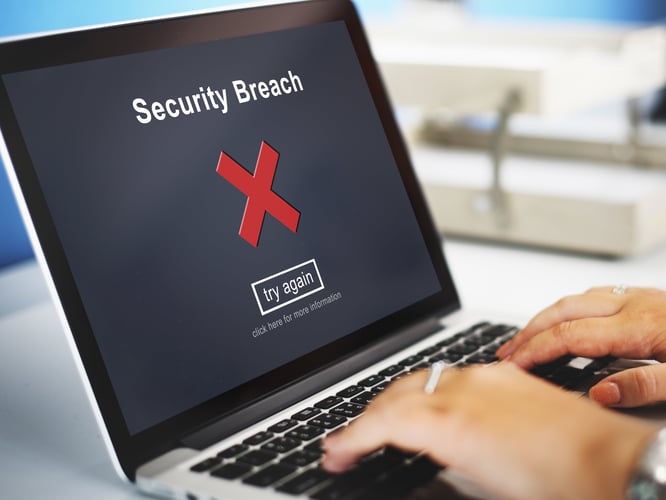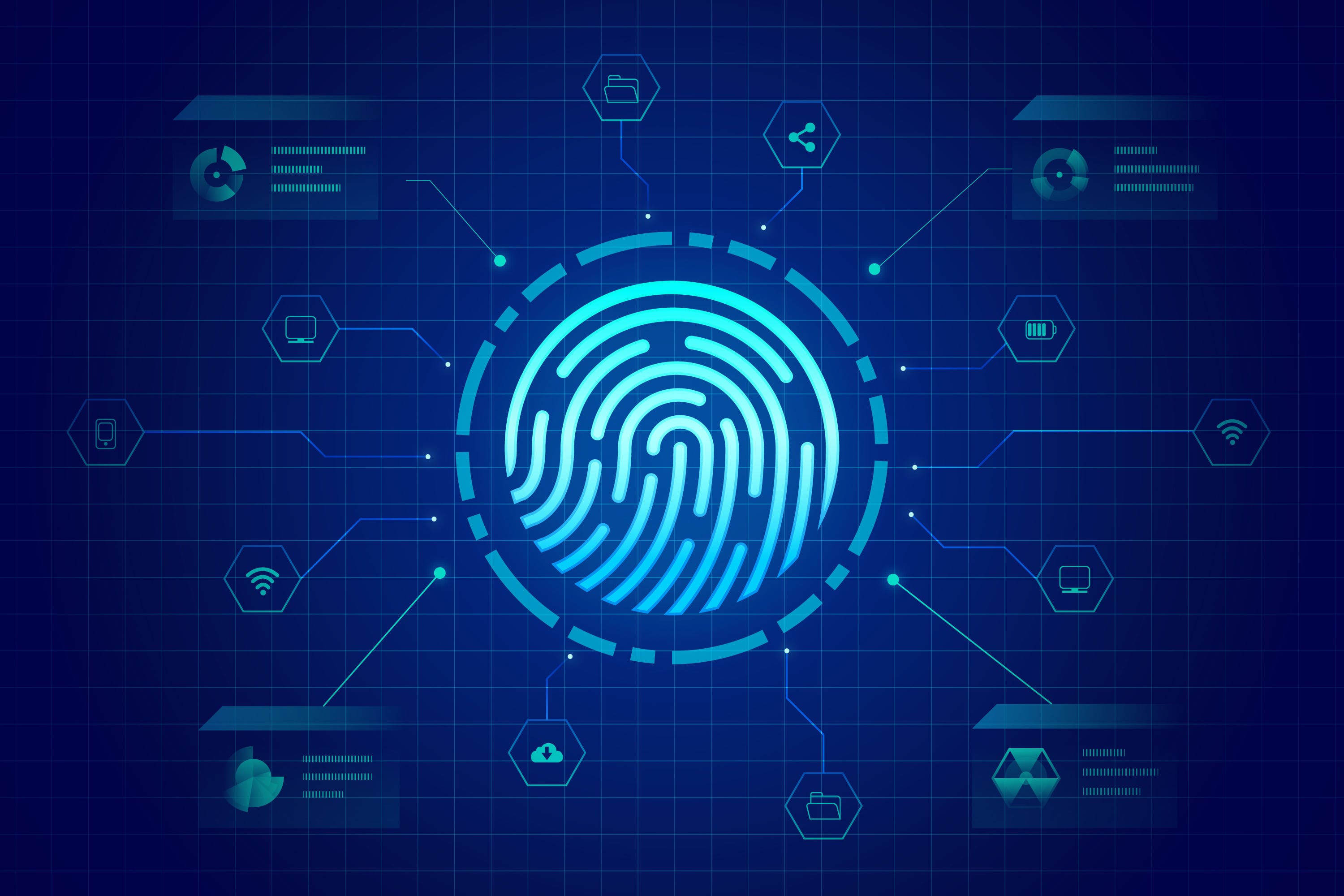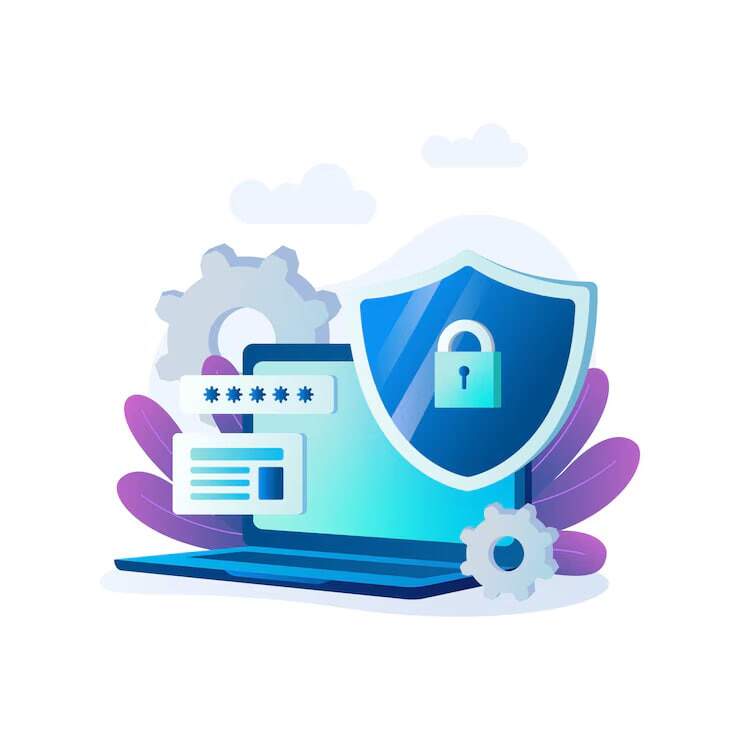A cyber security breach happens when an unauthorised entity gains access to your confidential data, networks, devices, and applications. Once they successfully get around your security, they will have access to your information, which they can use for various illegal activities such as identity theft or credit damage. And the best way to prevent malware breaches from harming your business is cyber security. Rather than treating it as an option only when something terrible happens, you should consider it as a proactive approach that will pay off in the long run. The key is to partner with a managed cyber security provider that understands your business and implements solutions that secure your assets in the best way possible.
Cyber security breaches are serious criminal offences. Aside from your personal information, they may also access your medical and transaction records or use your banking accounts and use it for unauthorised purchases. But not all is lost. Cyber security breaches can be prevented and mitigated. This blog will show you just how.
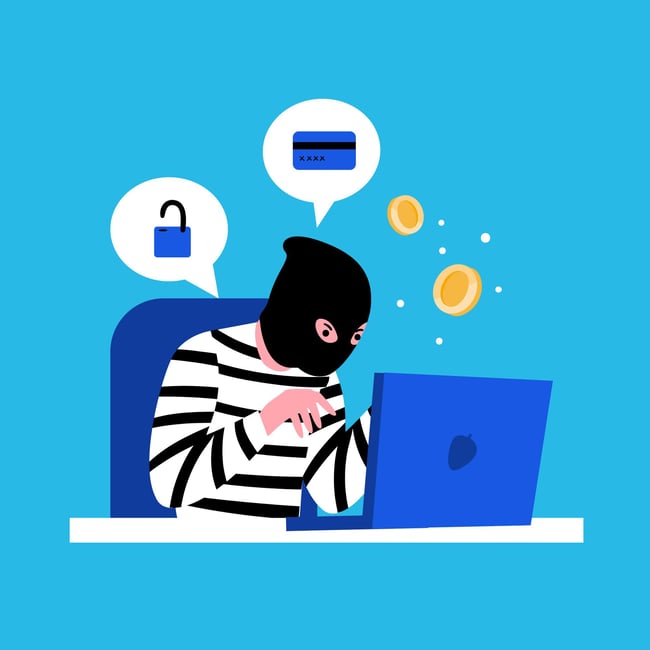
Common types of cyber security attacks
Small and medium-sized businesses (SMBs) are more at risk of cyber security breaches than large corporations. Even with this fact, most SMBs don’t put cyber security protocols in place. We still see too many businesses seek out cyber security solutions only when they’ve been breached.
Waiting for breaches to happen is a dangerous route for your business. Once your data is exposed, it’s out there for the bad guys to exploit. And that’s only one of the many aftermaths of a successful cyber security breach.
Protect your business data by starting with the common causes of cyber security breaches:
Malware attacks
Malware doesn’t discriminate against who it hits. Whether it’s a personal computer or a corporation’s local network, it will attempt to infiltrate anything it can get its hands on.
Phishing emails are one of the many ways to spread malware from one recipient to another. All it takes is one click on the wrong link, and it will start to spread doom throughout your device and network.
Human error
Human error makes up more than half of cyber security breaches. According to a cyber security report by IBM, human error is the cause of 95% of all security breaches.
Cyber security breaches caused by human error can result from using weak passwords, unknowingly sending confidential data to the wrong people, interacting with malware-infected emails and messages, or sharing credentials.
The best prevention is to conduct regular security awareness training for your employees. Sign up for our security awareness training and learn from a cyber technical specialist the best ways to protect your data online.
Social Engineering
Social engineering is the most used tactic by criminals to spread cyberattacks or manipulate users into sharing their confidential information, such as banking credentials. This tactic can be used through email, text messages or phone calls.
How to protect yourself from social engineering attacks:
- Be mindful of the messages or calls you receive
- Double-check email addresses, URLs, and the sender
- Ignore any requests for personal information or account credentials
- Install trusty anti-virus software, firewall, and spam filter
- Training, training, training and more training

Things to do after a cyber security breach
In case you’ve fallen victim to cyber security breach, the steps below will help you mitigate the effects of the attack:
Engage in cyber insurance (if you have one)
Cyber insurance protects you from the after-effects of a data breach.
Cyber security breaches are not typically included in the general liability insurance since it only covers physical and property damage from your products. Cyber liability insurance, on the other hand, will cover data breach damages such as loss of confidential customer information.
According to Nationwide, cyber insurance will cover your legal fees and expenses, recover stolen data, reinstate lost data, repair computer systems, and inform customers about a breach.
There are so many cyber-attacks out there that it's still too risky not to have cyber insurance even if you have one of the most sophisticated IT security strategies.
Confirm and contain the breach
Once you’ve detected a breach, you must act quickly to lessen the damage.
Find out the type of attack and then, monitor your accounts for a few days or weeks to discover any unauthorised activities.
Refrain from deleting anything. It’s best to preserve as much evidence as possible about the breach and the people involved. But ensure that you isolate the infected device from the rest to prevent infecting the others. You can do that by disconnecting the device from your internet or disabling any remote access to it.
Change the passwords of all affected accounts. Use strong and unique passwords on every account. Enable multi-factor authentication to strengthen your security even further.
Assess the security breach
Determine which of your data was stolen to assess the severity of the situation so you can implement the best solution. Include employee, customer, and third-party vendors in your assessment as well.
Then, check if any information such as email addresses, bank accounts, home and P.O. box addresses has been stolen. Take note that having your government information, such as your health records and tax details, can bring more damage than having your social media credentials stolen.
It’s best to ignore any requests that ask for your data because there’s a chance it may be an attempt to hack into your system. Double-check all details to confirm if they are from a legitimate business.
Control the aftermath
Transparency with your staff is essential in operational emergencies like a cyber security breach.
The goal here is to reduce the damage and recover from the breach by defining the responsibilities of each team member. Have a clear understanding of the process to recover the business as soon as possible.
If you’ve identified that your financial data was breached, notify your banks and financial institutions about it and request a credit freeze. You can also change the passwords on all your banking and financial accounts and implement multi-layer authentication. Check your banking and credit report from time to time to ensure that no one is illegally using your details.
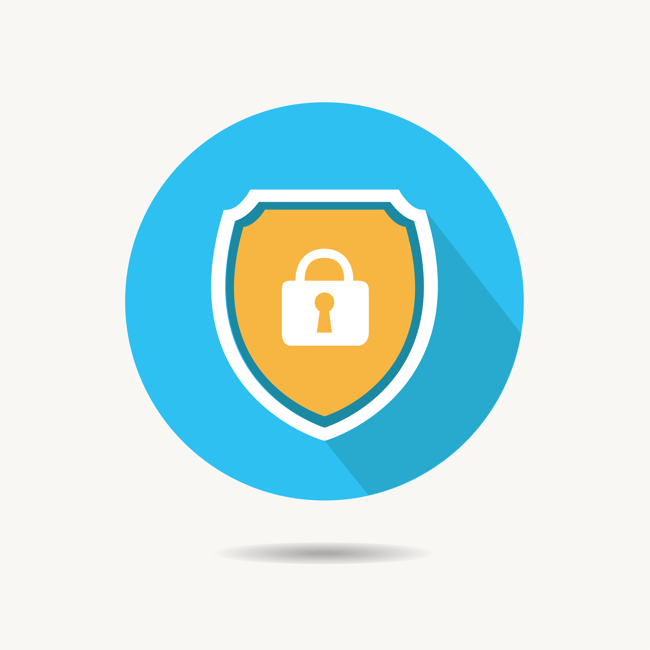
How to prevent a cyber security breach in the future
Taking the preventive approach to cyber security breaches is always the best option, whether you’re a small to medium-sized business or a multi-national corporation. The steps below will help you reduce your risk of cyber attacks like ransomware now and in the future:
-
Only use strong and unique passwords
All your predictable passwords need to go. Instead of using the usual “12345” and “admin” as your password, replace them with long and random combinations of numbers, symbols, and upper- and lower-case letters. We recommend that you use unique passwords for each of your accounts.
We know that remembering them is challenging. You can use a password manager to keep all your passwords securely in one place. -
Always keep an up-to-date backup of your files
Cyberattacks like ransomware hold your data hostage by encrypting your files. And you’ll get them back if you pay the ransom demand. We recommend that you keep an up-to-date cloud and external backup, separate from your local environment, to keep your data safe in case of a breach from a ransomware attack.
Recommended Reading: What to do if your company gets hit with a ransomware attack -
Use anti-virus and anti-malware software
Whether for personal or business use, your computers should have anti-virus and anti-malware software. These applications ensure that your devices are clean and free from infection or any hidden trojans waiting to attack.
Office Solutions IT offers both anti-virus and anti-spam solutions on cyber security services. Talk to one of our cyber security experts today so you can keep hackers away from your system. -
Enable auto-update on your operating system and applications
Any system defects in your computer usually come from unpatched and outdated software, and it is a hacker’s goal to find any defects. Once they detect it, they then create a piece of code packaged into malware so they can bypass your security and access your data.
Software companies push updates to fix security vulnerabilities and errors. Understandably, these updates can be a nuisance from time to time, but they’re an essential component to keeping yourself safe from cybercriminals out there.
We recommend that you enable automatic system and application updates, so your computer is always protected from any security flaws or bugs. -
Think before you click
Socially engineered messages pressure you into giving up your personal information, such as login credentials, social security numbers, bank accounts, and birthdays.
Be wary of any type of communication, whether email, text messages or phone calls, from people you don’t recognise.
If you want to make sure, you can have your IT team see to it, just in case an attachment or website contains malware just waiting to be activated. -
Constant vigilance and monitoring
Protecting your business from cyberattacks is an ongoing battle. Sadly, it doesn't stop with anti-virus software, firewalls, and proper security implementations. Cyber security risk management should also be part of your long-term business plan to find any vulnerabilities in your IT before the bad guys find them first.
Having your data stolen doesn’t mean that you’re immediately under a breach. Sometimes, those criminals would put your data up for sale. Most Australian businesses have no idea their credentials might be for sale on the Dark Web at this very moment. All it takes is for one hacker to purchase your credentials and compromise your account to be used for a variety of reasons.
You can run a Dark Web Scan by Office Solutions IT on your business domain to check if any of your employees’ credentials are for sale.
Protect your organisation effectively from a cyber security breach
We've witnessed numerous organisations endure the repercussions of a cyber security breach, which are often costly and can inflict long-term harm on any business. However, there are effective strategies to minimise your risks and enhance your security posture, which you can implement with your IT team or Managed Security Provider.
But one thing is clear: It's crucial to start implementing security measures as soon as possible because today, it's not a question of if, but when you'll face breach attempts from cyber criminals. Contact us today to learn how you can safeguard your organisation from cyber threats, protect your digital assets, and strengthen your business continuity strategy.
Frequently Asked Questions
What is a breach in cyber security?
A breach in cybersecurity occurs when unauthorised individuals gain access to networks, data, software and applications, or devices. During a breach, criminals can bypass established security measures and protocols by exploiting vulnerabilities through phishing tactics or malware deployments. This allows them to access sensitive information without proper permissions or consent, which poses significant risks and potential damages to an organisation.
What causes most cyber security breaches?
One of the most common causes of cybersecurity breaches is human error, particularly falling victim to malware attacks and phishing scams. These errors often occur when employees use weak passwords, click on malicious links, download infected files, or share private information with unauthorised individuals. To mitigate these risks, it is essential to conduct security awareness training for employees and implement regular software updates along with robust cybersecurity measures to create a secure digital environment for the organisation.
What is considered a breach of security?
A security breach happens when unauthorised individuals or entities gain access to your networks, data, software and applications, or devices without permission. Such breaches can occur through various means, including exploiting software vulnerabilities, using phishing tactics to deceive users, or deploying malware to infiltrate systems.
What is an example of a cyber breach?
An example of a cybersecurity breach is when an organisation’s database is hacked, then exposes confidential customer data such as names, email addresses, home addresses, phone numbers, and financial information. Phishing scams also represent examples of a cyber breach, where criminals craft deceptive emails or messages pretending to be a legitimate and trusted entity to trick individuals into revealing sensitive information for malicious purposes.
A cyber breach can have severe consequences for an organisation, including identity theft, financial fraud, and loss of customer trust. That's why it is imperative to have the necessary security measures in place to protect not just your digital assets but also your customers.




